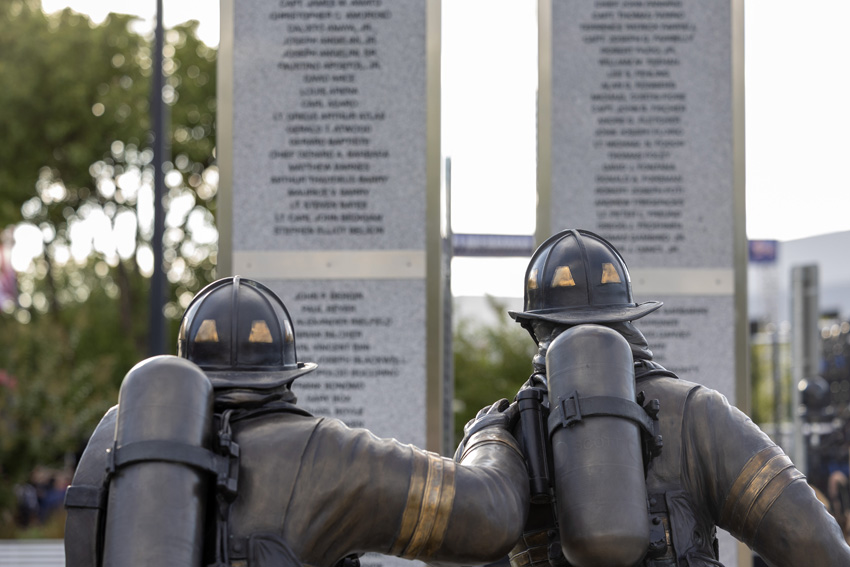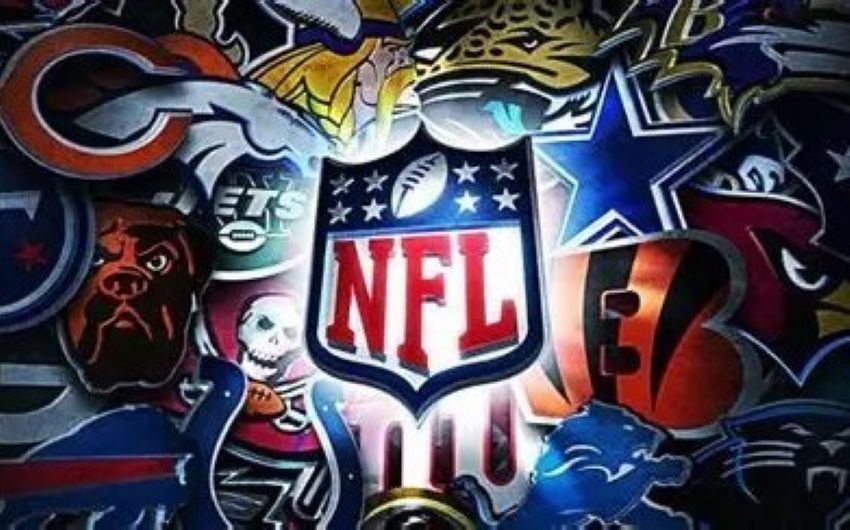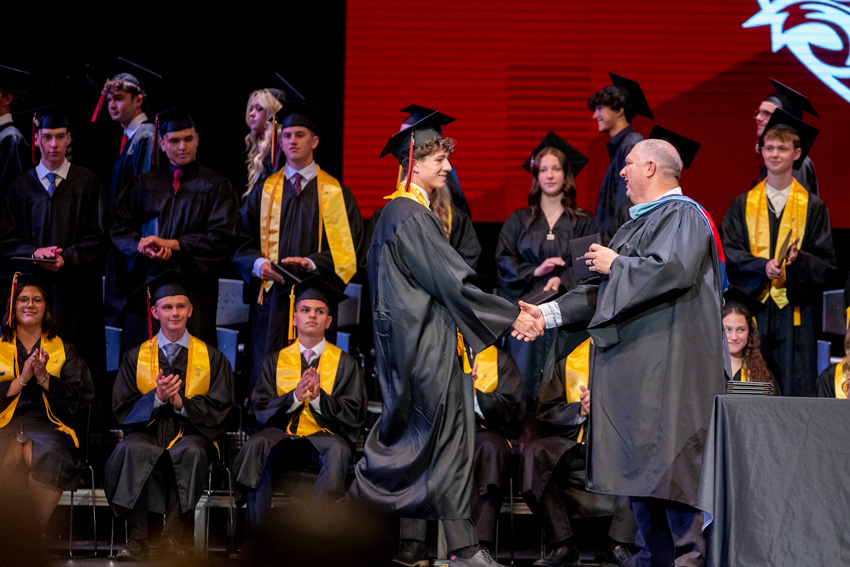
E. Coli glows under ultraviolet light
Centrifuge, UV light, micropipette. These items lie scattered around the lab, as students rush intently, attending to the delicate process.
This past week AP biology conducted a lab on genetic modification. The goal of this process was to get a modified strain (sterile) of E.coli to glow in the presence of ultraviolet light. This was executed in a complex process, which involved the introduction of foreign DNA into the E.coli.
As the instructor of this lab, Dr. Karen Walters, explained what this lab entailed.
“This last lab was designed to give the AP biology students a “real-world” experience of biotechnology,” Dr. Walters said. “We first transformed bacteria (E. coli) with DNA that was engineered to make a “glow” protein. The green fluorescent protein (GFP) is naturally made by jellyfish. The gene for GFP was inserted into DNA that students gave to E. coli. If the E. coli took up the gene, they made green glowing colonies (the picture of the bacterial plate).”
As an AP class, students are expected to perform college-level work. While this can be strenuous, it also allows for students to get experiences they would not normally get in high school.
[soundcloud url=”https://api.soundcloud.com/tracks/323405368″ params=”auto_play=false&hide_related=false&show_comments=true&show_user=true&show_reposts=false&visual=true” width=”100%” height=”150″ iframe=”true” /]
Senior Zach Passmore talked about how he enjoyed being able to see concepts come to life.
“This lab was much different from the others since we were able to experiment on live bacteria and see the results of what we were learning,” Passmore said. “I enjoyed the lab because it was interesting to see the concepts we were learning come to life. This lab taught me the methods and science of introducing DNA into an organism.”
Another AP bio student Joey Huang, ‘18, spoke about how she enjoyed how intricate this lab was.

“This lab is a relatively new area for the AP biology students to explore and it’s actually a pretty high-level lab,” Huang said. “The laboratory skills are very unique, the knowledge is about not only biology but also chemistry. I definitely enjoyed the hydrophobic reactions, which was the most critical step of the lab.
“The theories of the reaction are just fascinating,” Huang continued. “The chemistry behind them and the steps themselves are so precise and logical. This lab helped me gain the techniques of protein purification and the knowledge in both chemistry and biology. The experience itself is pure wonderfulness of science and the amazing nature of matters God created.”
While this lab was created help to teach students a specific concept, it can also give insight into processes that are actually used by real scientists such as GMO or genetically modified organisms.
Junior Josh Oakley spoke about how this lab helped him to understand this concept.
“I personally found this lab to be incredibly interesting and a lot of fun to do,” Oakley said. This process helped me to understand how DNA works and how scientists work with it. It also helped me to further understand the concept we’re currently learning.”
Students are interested in taking an AP biology or another AP class, talk to the teachers to see if this is a possibility and whether there are prerequisites.
For more articles please read, Boys tennis prepares for annual tournament.
This writer can be reached via Twitter: @MatthewSue1 and via email: Matthew Sue.




